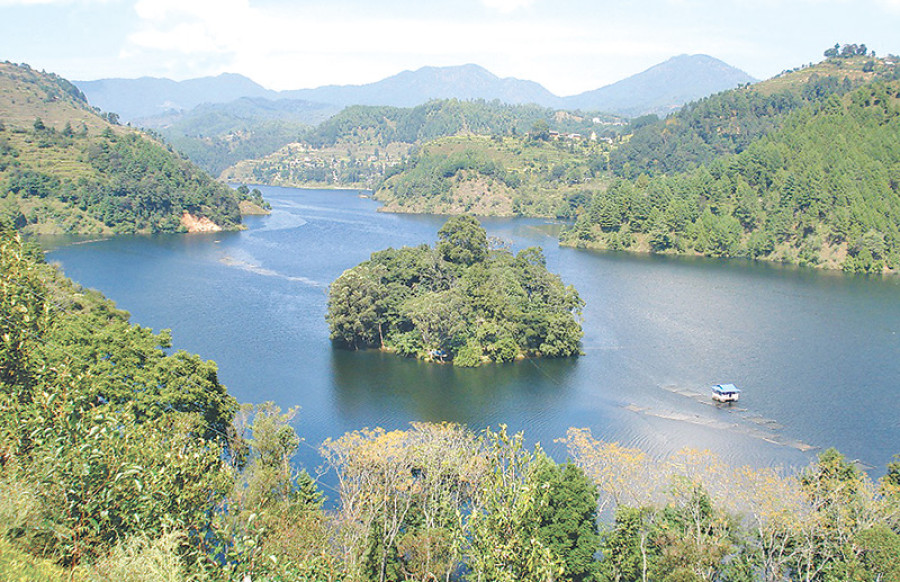Money
Province 2 has lowest generation capacity
Province 2 among the seven provinces has the lowest electricity generation capacity in the medium term accounting for a mere 0.2 percent of the country’s total power generation capacity in the near future.
Bibek Subedi
Province 2 among the seven provinces has the lowest electricity generation capacity in the medium term accounting for a mere 0.2 percent of the country’s total power generation capacity in the near future. Nepal’s power generation is expected to reach 9,429.94 MW in the medium term.
This figure has been computed on the basis of the power purchase agreements (PPA) signed by hydropower projects with the Nepal Electricity Authority (NEA), the state-owned power utility and sole buyer of the energy produced in the country.
Hydropower projects based in Province 2 in the southern plains have signed PPAs for only 18 MW.
Meanwhile, Province 4 with 125 upcoming power projects takes the top spot, accounting for 35.77 percent of the country’s total power generation capacity in the medium term. The total installed capacity of the projects located in the province stands at 3,373.81 MW.
Likewise, Provinces 3 and 1 with estimated installed capacities of 2,861.46 MW and 2,132.31 MW respectively are in the second and third positions. Provinces 6, 7 and 5, with estimated capacities of 642.65 MW, 248.65 MW and 36.76 MW respectively, bring up the rear.
The NEA has signed PPAs with 232 power projects and is conducting negotiations with another 159 projects, Managing Director Kulman Ghising said.
“The NEA has signed PPAs with 232 power projects with a combined installed capacity of 3,988.64 MW and they are at different stages of construction,” said Ghising. “Some projects have already started construction while others are in the process of arranging financial sources.”
The remaining 159 power projects with which the NEA is holding talks have a combined installed capacity of 5,441.3 MW. “Our plan is to conclude PPAs with these projects as soon as possible so that their construction is expedited,” said Ghising.
The developments show that Nepal is on track to achieving energy sufficiency in the near future, and being in a position to export electricity to neighbouring countries in the future. Currently, power projects with a total installed capacity of more than 1,000 MW are in operation while peak electricity demand stands at around 1,250 MW.
As all the power projects except Kulekhani I and II with a combined capacity of 92 MW are run-of-the-river types, electricity generation drops by around 50 percent during the dry season, and Nepal becomes heavily dependent on energy imported from India to remain free from power cuts.




 6.12°C Kathmandu
6.12°C Kathmandu















